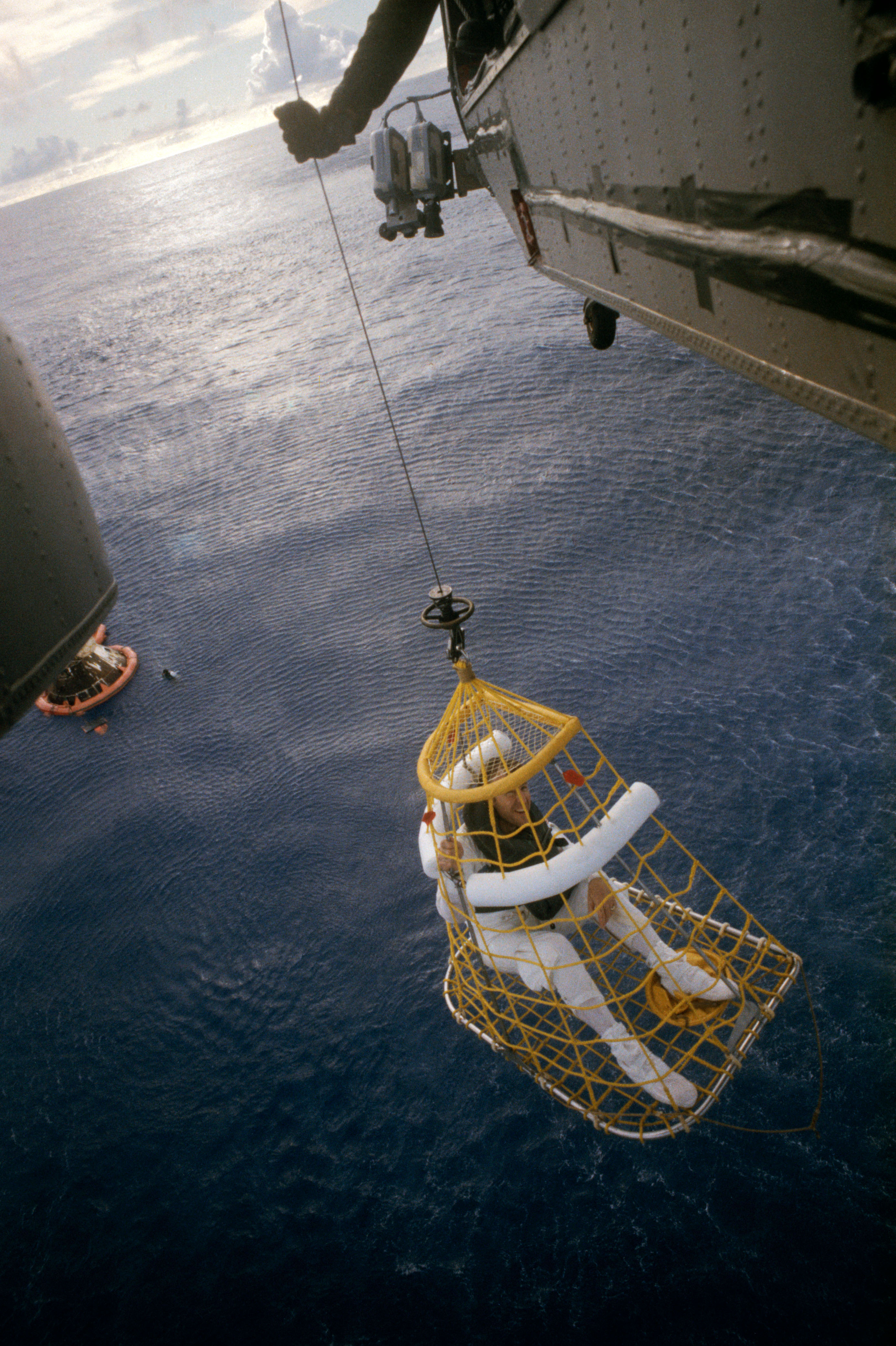Apollo 13 Commander Jim Lovell dies at 97
Served as an astronaut, naval aviator, test pilot
Jim Lovell, the first person to fly into space four times and commander of the Apollo 13 mission, died August 7 in Lake Forest, Illinois. He was 97.

Lovell was selected as an astronaut by NASA in September 1962 and would go on to fly four missions—Gemini 7 and 12 and Apollo 8 and 13. He also served as a backup pilot for the Gemini 4 mission and backup commander for the Gemini 9 and Apollo 11 missions.
Apollo 13, launched April 11, 1970, became Lovell’s most well-known mission. A failure on the service module en route to a moon landing forced Lovell and his fellow astronauts to use their lunar module Aquarius as a lifeboat, conserving oxygen to sustain them for the return home, along with enough electricity to make reentry possible. All three astronauts survived the endeavor. Lovell would write a book about the mission—Lost Moon: The Perilous Voyage of Apollo 13—that would later be adapted into the Apollo 13 movie.

But Lovell’s space accomplishments go far beyond the safe return of Apollo 13. The Gemini 7 mission marked the first rendezvous of two manned maneuverable spacecraft. His later Apollo 8 mission was the first human spaceflight to reach the moon and a crucial steppingstone for the Apollo 11 mission that would bring man to step foot on the moon.
“Jim’s character and steadfast courage helped our nation reach the Moon and turned a potential tragedy into a success from which we learned an enormous amount,” acting NASA Administrator Sean Duffy said in a statement. “We mourn his passing even as we celebrate his achievements.”
Lovell held the record for time in space with a total of 715 hours and 5 minutes, which was eventually surpassed by the Skylab flights.
Lovell was born in Cleveland, Ohio, but spent most of his childhood in Milwaukee, Wisconsin. He studied two years at the University of Wisconsin before completing his education at the U.S. Naval Academy in Annapolis, Maryland. Lovell graduated with a Bachelor of Science and entered the Navy in 1952.
In 1973, Lovell retired from the space program and the Navy with the rank of captain. He is survived by four children. Lovell’s wife, Marilyn, died in 2023.
“Most importantly, he was our Hero,” Lovell’s family said in a statement. “We will miss his unshakeable optimism, his sense of humor, and the way he made each of us feel we could do the impossible. He was truly one of a kind.”




